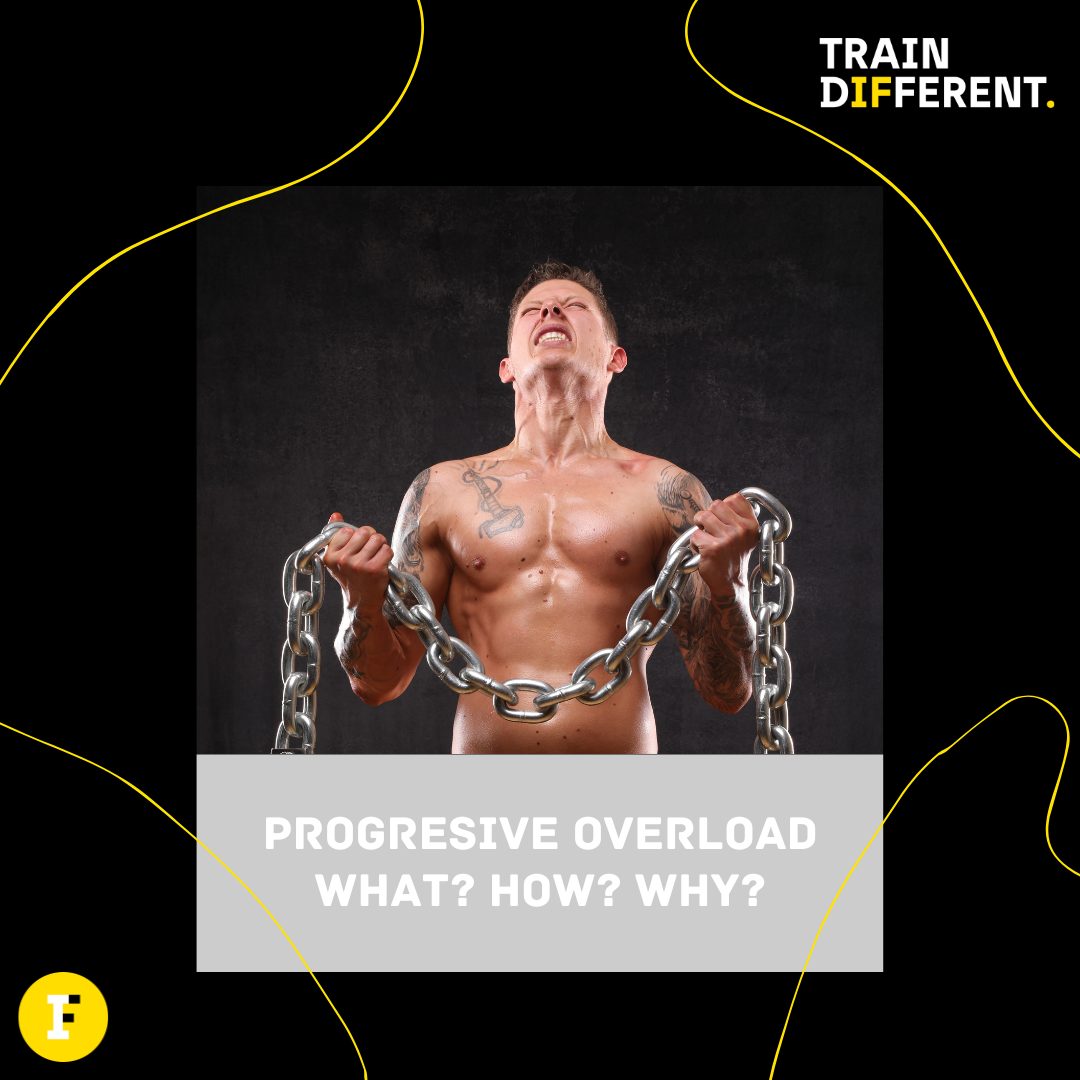
If you’re looking to maximize your gains and push your body to new limits, progressive overload is a concept you need to understand and incorporate into your training routine. By utilizing progressive overload effectively, you can achieve impressive results and improve your overall performance in the gym or on the field.
In this blog post, we’ll dive into the details of progressive overload, its mechanics, and the best ways to apply it in your training regimen.
What is Progressive Overload?
Progressive overload is a fundamental principle of strength training and exercise in general. It’s based on the idea that in order to continually see improvements in strength, endurance, or muscle size, you need to consistently increase the demands placed on your body. In other words, you need to push your body to do more work overtime to force it to adapt and grow stronger.
How Does Progressive Overload Work?
Our bodies are incredibly adaptable. When subjected to new and challenging stimuli, they respond by making physiological changes to better handle the demands. In the context of exercise, this means that as you continually increase the load or intensity of your workouts, your muscles and cardiovascular system will adapt and become more efficient at handling the increased workload.
How to Utilize Progressive Overload in Your Training
There are several ways to implement progressive overload in your workouts. It’s essential to choose the method that best aligns with your goals and current fitness level.
Here are some of the most common methods:
- Increase the weight. The most straightforward way to achieve progressive overload is to lift heavier weights. Gradually add weight to your exercises to force your muscles to work harder and adapt.
- Increase the volume. Increasing the volume of your workouts can be done by adding more sets, repetitions, or exercises. This allows you to do more work in a single session, placing more stress on your muscles and forcing them to grow.
- Increase the frequency. Another way to achieve progressive overload is by increasing the frequency of your workouts. This could mean training more often or splitting your workouts into multiple sessions throughout the day.
- Decrease rest time. Reducing the rest periods between sets or exercises can increase the intensity of your workouts. This can lead to greater adaptations.
- Increase the intensity. Intensity can be increased by incorporating more challenging variations of exercises. Or by incorporating advanced techniques such as supersets, drop sets, or negatives.
- Improve your form. Perfecting your form can help you to recruit more muscle fibers and increase the effectiveness of each repetition. This may translate to greater overall strength and muscle development.
Finding the Right Balance
While progressive overload is essential for growth and improvement, it’s also crucial to avoid overloading too quickly. This can lead to injury or overtraining. So, be sure to listen to your body; increase the workload at a gradual pace. It’s also important to balance your workouts with adequate rest and recovery to ensure your body has time to repair and grow.
In conclusion, incorporating progressive overload into your training routine is a proven way to see significant improvements in your fitness and performance. By understanding how it works and carefully applying its principles, you’ll be well on your way to achieving your fitness goals. Remember to be patient, consistent, and always prioritize proper form and technique to get the most out of your workouts.



